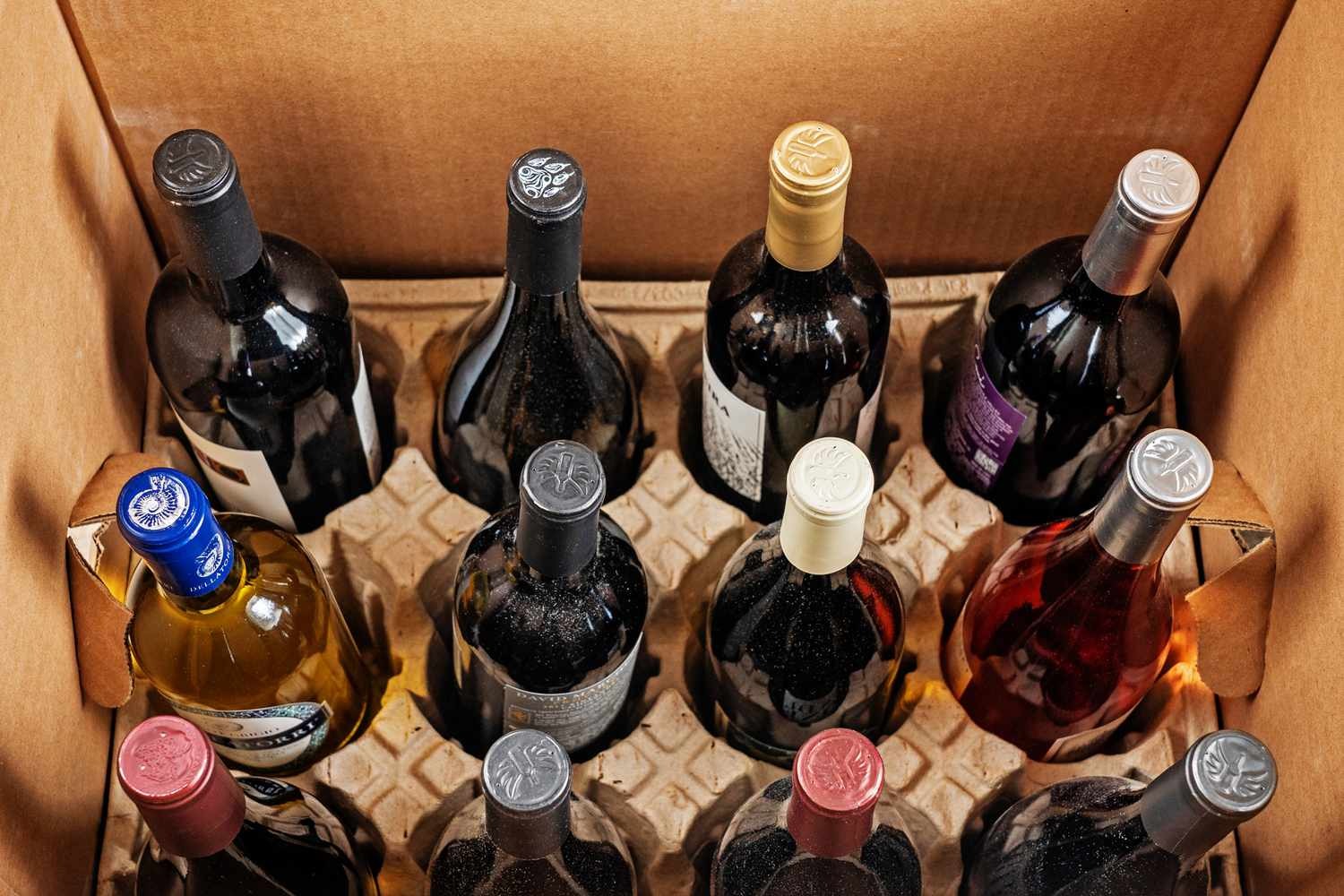
Share Post:
Storing leftover pizza properly can make or break your leftover experience. Tossing a box into the fridge uncovered is a sure path to rubbery crust and sad cheese.
Most people don’t realize that pizza undergoes a chemical process called starch retrogradation.
As pizza cools, starch molecules in the crust begin to crystallize, drawing out moisture and turning that once-perfect slice into a chewy disappointment.
Preserving flavor and texture means making smart storage choices from the start.
The Science of Pizza Staling
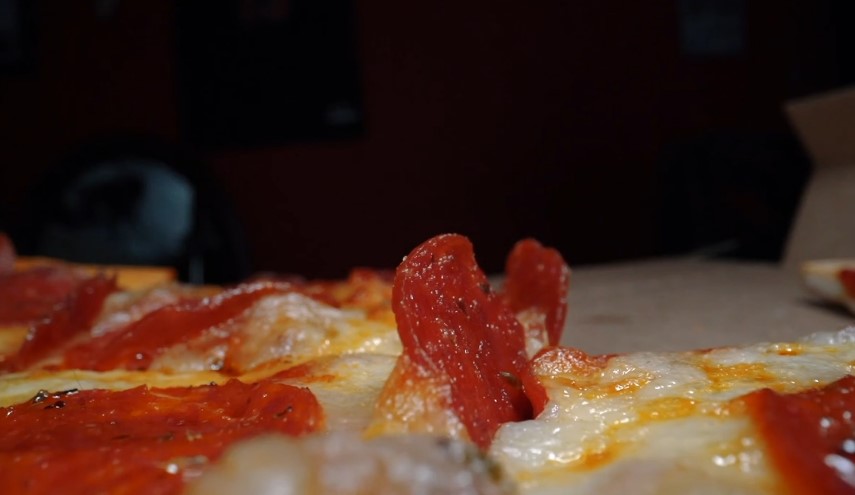
Starch retrogradation is the enemy of leftover pizza. As the crust cools, starch molecules absorb water, then release it as they re-solidify. That process causes the crust to harden and the once-gooey cheese to become rubbery.
Temperature and humidity also play critical roles. Cool temperatures speed up retrogradation, while humidity levels can either dry the pizza out or cause it to become soggy.
Storing pizza in the fridge may seem logical, but it’s not the best solution. The refrigerator promotes moisture loss and alters the chemical structure of both crust and cheese. Flavor fades quickly when starches crystallize, and that’s why slices left uncovered in the fridge often lose their appeal overnight.
Storage Options Based on Time Frame
Leftover pizza doesn’t have to become a soggy regret or a dried-out chew toy.
Storage success depends entirely on how long you plan to wait before taking your next bite.
Pizza changes quickly once removed from the oven, and each time frame requires a different approach.
Keep slices tasting nearly as good as the original by adjusting your storage methods to match how soon they’ll be eaten.
Very Short-Term (Minutes to a Few Hours)

Leaving pizza out for a short stretch doesn’t mean letting it go cold and dry. Set an oven to 60°C (140°F) and let the slices rest inside on a tray. That low heat prevents bacteria growth and keeps the crust crisp without overbaking it.
Avoid higher oven temps, which risk drying out cheese and toppings. Skipping this step leads to limp, flavorless slices that don’t reheat well later.
- Best practice: Keep pizza warm in a low oven for less than two hours.
Short-Term (Up to 1 Day)
Planning to revisit your pizza within 24 hours? Store it at room temperature—but do it right. Place slices in an airtight container to block moisture loss and air exposure. Avoid wrapping with plastic alone, which traps steam and creates soggy crust.
Keep the container in a cool, dry place where room temperature stays between 20–25°C (68–77°F). Don’t leave pizza exposed on a plate unless you’re okay with cardboard-like crust.
- Key tip: Airtight container + parchment paper between slices = flavor retention and freshness.
Medium-Term (1–4 Days) – Use with Caution
Refrigeration is common, but not ideal. Still, if there’s no other option, certain methods can help. Start by cooling your pizza quickly, within two hours of cooking.
If you’re dealing with refrigerator issues that affect temperature control, consider professional GE refrigerator repair to keep your appliance running optimally.
Once cooled, store slices in airtight containers or wrap them in foil, followed by plastic wrap. Insert parchment paper between slices to prevent sticking.
Before eating, reheat thoroughly. Cold pizza fans might disagree, but for flavor and safety, warming it restores texture and taste.
- Reminder: Refrigerated pizza rarely stays great past day three. Day four is pushing it.
Long-Term Storage (Freezing)
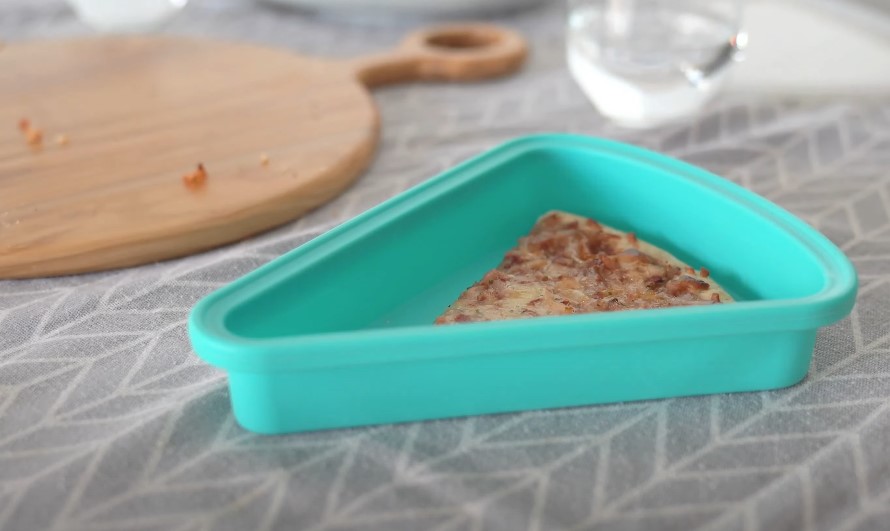
Long-term storage means one thing: freezing. Doing it carelessly creates bland, soggy disasters.
Done properly, frozen pizza can be just as satisfying days, or even weeks, later.
There’s a big difference between quick freezer stashing and a methodical freeze plan.
Freezing Slices
Slices should be frozen individually, never lumped together in a bag. Warping and sticking together ruins texture and makes reheating messy.
How to freeze slices properly:
- Wrap each slice in plastic wrap
- Add a second outer layer of foil
- Lay flat on a tray until frozen solid
- Label with the date before stacking
Frozen slices stay fresh for up to two months. Flat freezing prevents bending or cracking and makes storage more efficient.
- Pro tip: Once frozen flat, stack slices upright in a freezer-safe bag for easy access.
Freezing Whole Pizzas
@athomewithabbie Home made pizza! 🍕 These pizzas are easy to make, cheap & taste so much nicer than the ones from the supermarket. They also freeze well so can be made in advance for those busy days. What you’ll need: Ingredient’s for each pizza: 250-300g Pizza Dough 20g semolina Sauce & toppings of your choice Full recipe linked in my bio 🫶🏼 #ingredientsonly #fromscratch #pizza #pizzadough #DIY #homemade
Two methods offer results worth eating later. First, bake the whole pizza completely, cool it, wrap in layers of plastic and foil, and freeze.
Second, and better for crust texture, use the par-bake method. Partially bake the base, let it cool, add toppings, then freeze.
Par-baking locks in structure without drying it out. When ready to eat, bake it fully for a fresh-out-of-the-oven taste. You can do the same thing with lasagnas.
- Important: Always cool fully before wrapping. Trapped steam ruins everything.
Avoid These in Freezer Toppings
Some toppings simply don’t freeze well. Mushrooms, tomatoes, and similar high-moisture veggies release water when thawed, turning pizza into a soggy mess. Leave them off and add them fresh after reheating.
- Fix: Add sensitive toppings like basil, spinach, or fresh tomato just before serving.
Reheating Leftover Pizza for Best Results
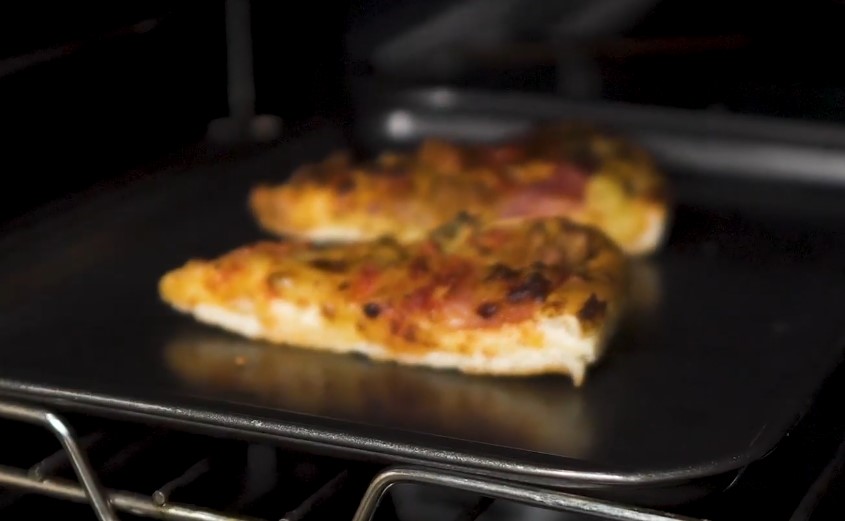
Best way to bring pizza back to life? Use a skillet. Heat a slice on medium heat until the crust gets crispy. Then cover it with a lid for 30 seconds to melt the cheese.
Oven method is another solid option. Set it to 190°C (375°F), place slices on foil or a pizza stone, and bake for 8–10 minutes.
Air fryers are fast and crispy, too—3 to 5 minutes usually does it.
Avoid microwaves unless you’ve got no other choice. They leave crust rubbery and cheese unevenly melted. A skillet or oven always beats the zap.
Quick tip: Add a splash of water near the skillet and cover to steam-melt cheese while crisping the base.
How to Tell If Pizza Has Gone Bad
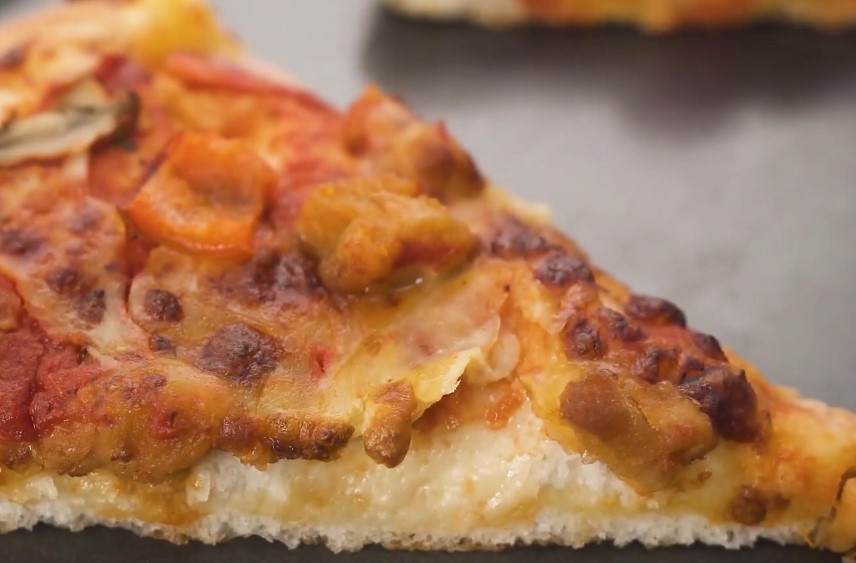
Even with good storage, pizza doesn’t last forever. Watch for signs like a sour or fermented smell, visible mold, or slimy texture. Those mean it’s time to toss it out.
Follow the 3–4 day fridge rule strictly. No amount of hunger is worth a trip to the ER. Stale doesn’t always mean unsafe, but mold or odd smells signal contamination.
When in doubt, throw it out. Safety beats nostalgia for that once-tasty slice.
Red flags: Green spots, weird smells, sliminess, or change in texture.
Summary
Keeping leftover pizza fresh means respecting science and storage techniques. Avoid tossing it in the fridge uncovered.
Choose the right method based on how soon you plan to eat it. Reheat slices the right way to restore flavor and texture.
Cutting corners results in soggy, stale disappointments. A little prep equals pizza that still feels like a treat on day two, or day ten if frozen right.


